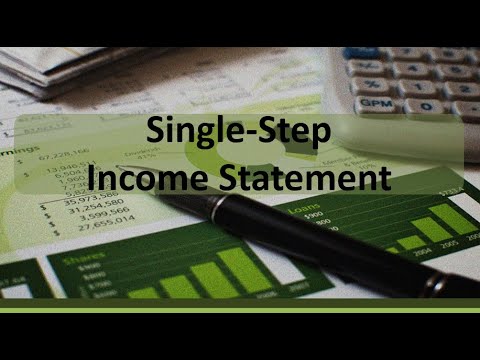
Reconciling your bank account should be done monthly to catch discrepancies early and keep financial records accurate. Businesses with high volume of transactions must reconcile their bank statements weekly or daily to manage cash flow efficiently. Reconciliation of bank statements is the process of comparing the transactions recorded in what is notes payable the company’s accounting records with the transactions listed on the bank statement. This process involves matching the amounts and dates of each transaction to ensure that they are consistent across both sets of records.

In addition to this, the reconciliation process also helps keep track the occurrence of fraud, which can help you control your business’ cash receipts and payments. Once the balances are equal, businesses need to prepare journal entries to adjust the balance per books. If you use accounting software, then your reconciliation is done largely for you.
Timing Differences in Recording of Transactions
This relatively straightforward and quick process provides a clear picture of your financial health. Consider reconciling your bank account monthly, whether you set aside a specific day each month or do it as your statements arrive. Consider performing this monthly task shortly after your bank statement arrives so you can manage any errors or improper transactions as quickly as possible. Keeping accurate records of your bank transactions can help you determine your financial health and avoid costly fees.
Bank Reconciliation Statement
- Reconcile all transactions and ensure that the closing balances match on the balance sheet and the bank statements.
- After adjusting the balance as per the cash book, you’ll need record all adjustments in your company’s general ledger accounts.
- Performing regular bank reconciliation can help the company identify any issues within its internal processes related to bank transactions that may result in errors.
- Remember that transactions that aren’t accounted for in your bank statement won’t be as obvious as bank-only transactions.
- You’ll need to adjust the closing balance of your bank statement in order to showcase the correct amount of withdrawals or any checks issued that have not yet been presented for payment.
We’ll also look at common sources of discrepancies between financial statements and bank statements to help you identify fraud risks and errors. Performing regular bank reconciliations is key to keeping on top of your company’s financial health and paving the way for sustainable business growth. Reconciling is the process of comparing the cash activity in your accounting records to the amortization of premium on bonds payable the transactions in your bank statement. This process helps you monitor all of the cash inflows and outflows in your bank account. The reconciliation process also helps you identify fraud and other unauthorized cash transactions.
Since these are all unrecorded differences, ABC Co. must record them in its accounting system. These are categories of discrepancies that cause a difference in the balances between the balances in the bank book and bank statement. The bank statement, on the other hand, is a document that indicates the bank balance of a company from the bank’s side of transactions. Banks send a bank statement to their customers at the end of each month detailing all the transactions that happened in their bank account during the last month. If a company has more than one bank account in the same or different banks, it will receive multiple bank statements for each account.
Once the adjusted balance of the cash book is worked out, then the bank reconciliation statement can be prepared. Accurate cash flow is essential for keeping a business running smoothly, so it’s important to be aware of all incoming and outgoing cash. A bank reconciliation is the process by which a company compares its internal financial statements to its bank statements to catch any discrepancies and gain a clear picture of its real cash flow. The information on your bank statement is the bank’s record of all transactions impacting the company’s bank account during the past month. Compare the ending balance of your accounting records to your bank statement to see if both cash balances match.
Bank Reconciling Statement: Adjusting Balance per cash Books
By using software tools to automate bank reconciliation, businesses can focus on other critical tasks and make informed business decisions based on accurate financial data. If an error is identified during the reconciliation process, it’s not always at the company’s end. Banks can also make errors, and if the mistake can’t be identified, contact the bank. The first step is to choosing an escrow agent obtain a detailed statement from the bank, which includes information about checks cleared and rejected by the bank, transaction charges, and bank fees. The reconciliation statement allows the accountant to catch these errors each month.
This is due to the time delay that occurs between the depositing of cash or a check and the crediting of it into your account. In cases where you discover discrepancies that cannot be explained by your financial statements, it’s best to contact your bank. It’s possible that a banking error has occurred or that you have been charged for something you were unaware of.
For example, your bank statement shows that your ending balance is $11,450, while your G/L balance according to your trial balance is $10,850. Bank reconciliation helps to identify errors that can affect estimated tax payments and financial reporting. All of this can be done by using online accounting software like QuickBooks, but if you are not using accounting software, you can use Excel to record these items.
